Sounding the Alarm
For The Deteriorating
Mental Health in
The Country
Our Why
In an international study conducted by Gallup, it was shown that Filipino workers are experiencing the highest levels of stress compared to other Asian countries.
There are cultural and socioeconomic barriers that pervade mental health in the Philippines. Combined with the onset of the pandemic and its ongoing consequences and anticipation of a recession, it is no surprise that everyone’s mental health is under threat in some way.
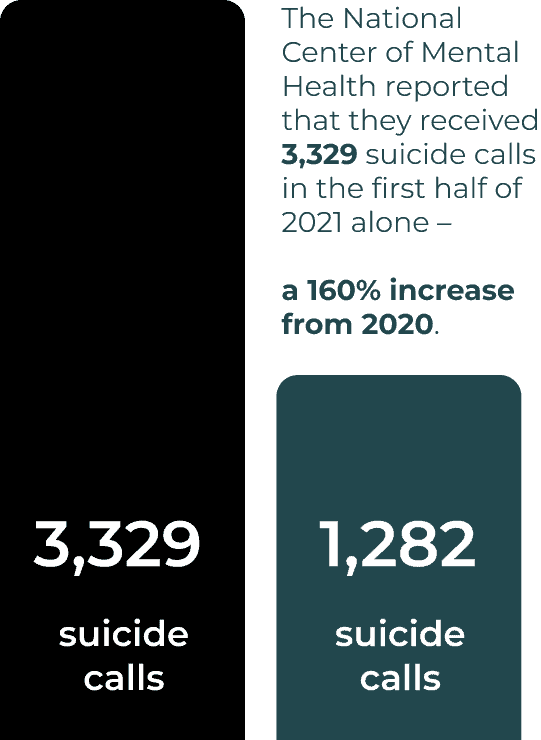
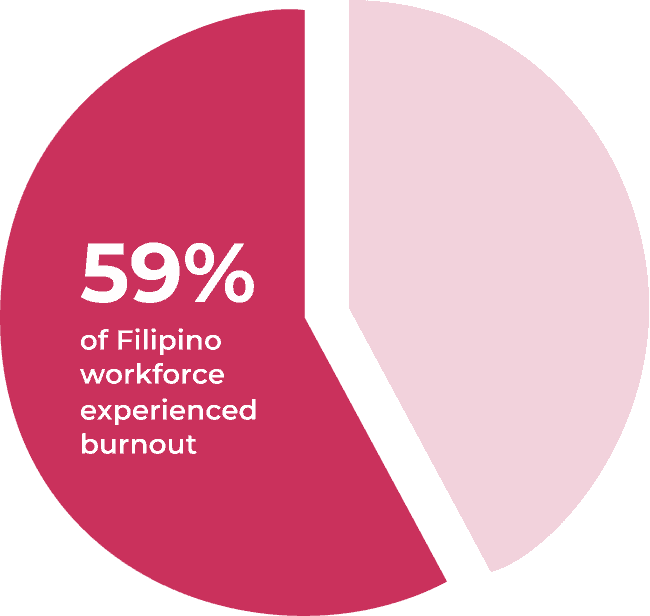
Filipino Gen Zs and millennials, who make up approximately 59%of the workforce, are experiencing burnout rates of 70% and 63% respectively, surpassing the global average of 45%.
Affected Communities
1. Women & Children
According to Gov.ph, 26% of ever-married women from ages 15-49 experience physical, emotional, or sexual violence by their partner.
Moreover, 8 out of 10 children experience violence, with 2 out of 3 not reporting crime because they are not aware that it is violence.
POPCOM reported that 1 out of 4 Filipino adults across the Philippines cited harmful acts in various forms among the most pressing problems of women during the present health crisis.
In another study, it was also found that about 5% of the girls and young women surveyed had violent acts performed against them in the home.
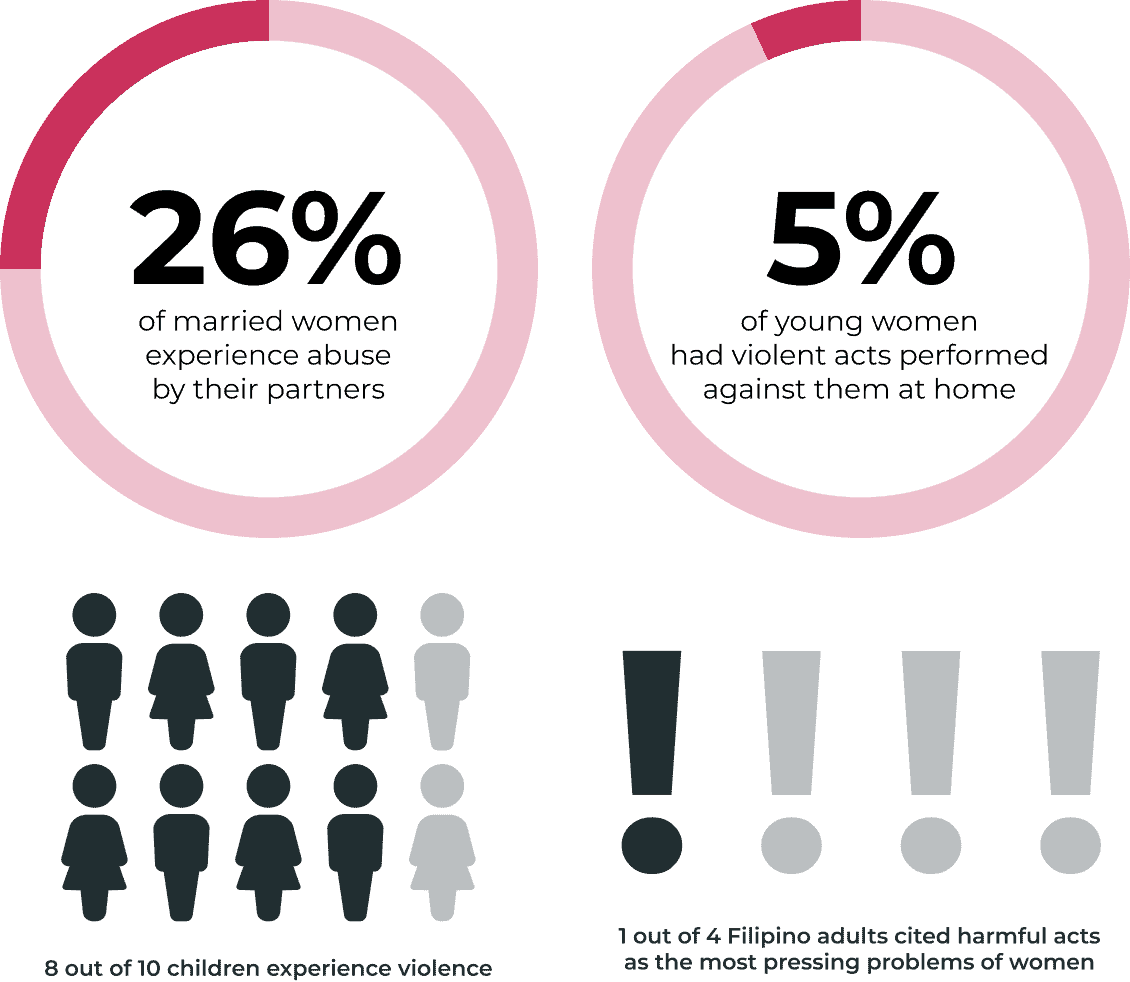
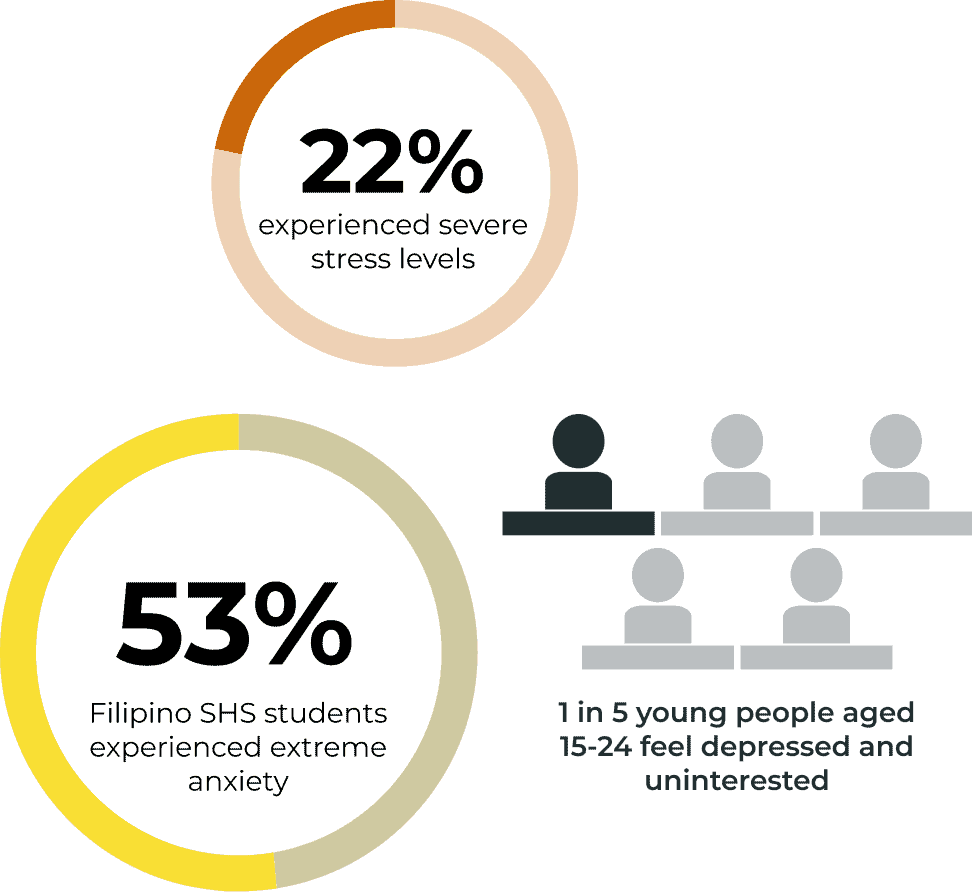
2. Students
Due to the restrictions of the pandemic, students have had to adjust to online learning and limited social interaction. It was found that around 53% of Filipino senior high school students experienced extreme levels of anxiety, while around 22% experienced severe stress levels.
A survey by UNICEF and Gallup showed that 1 in 5 young people aged 15-24 often feel depressed and have little interest in doing things.
3. The LGBTQIA+ Community
According to the International Gay and Lesbian Human Rights Commission in the Philippines, there has been an “overwhelming amount” of murders of members in the community, with an increasing number of hate crimes over the past decade.
Globally, 45% of the community are found to have depression, while 36% have been diagnosed with some form of anxiety disorder due to bullying at school or abuse at home.
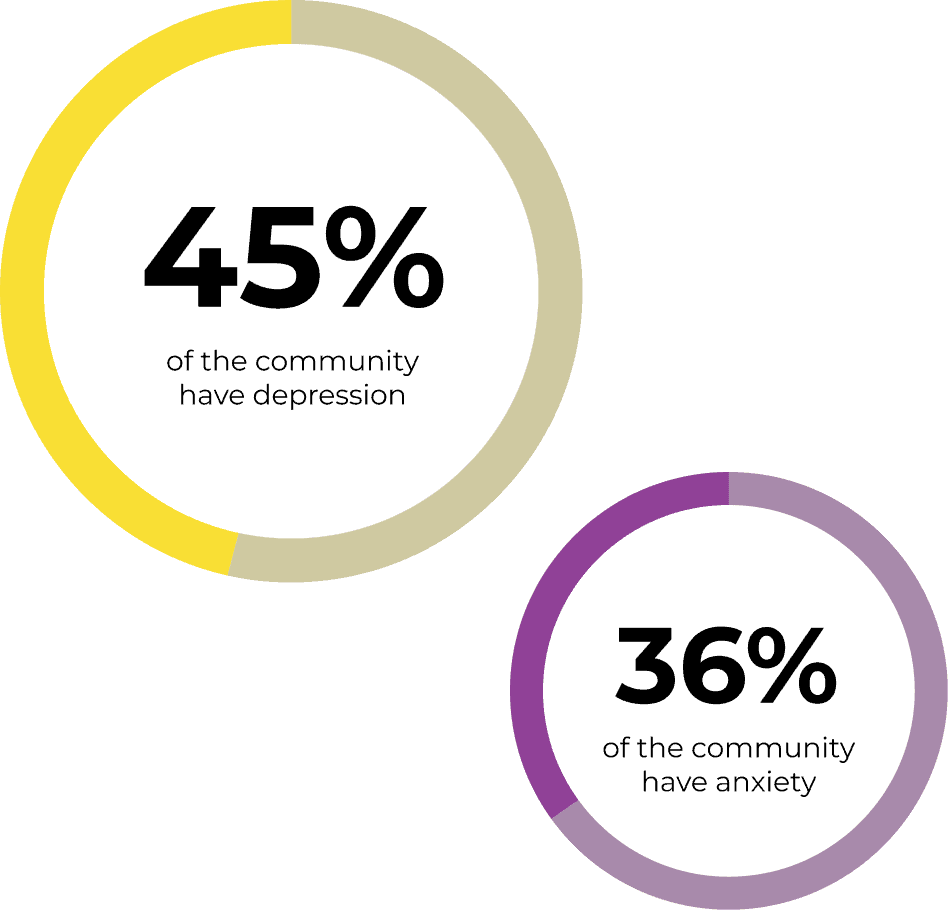
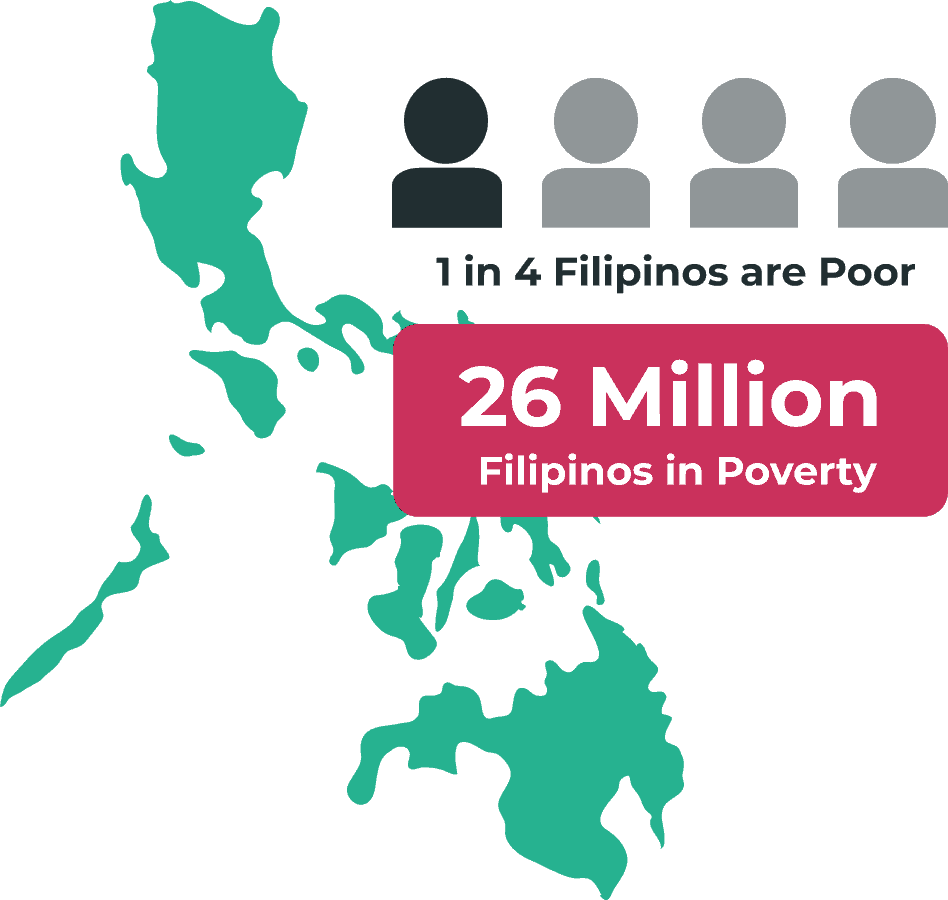
4. The Economically Vulnerable
According to Global Citizen, the number of Filipinos living in poverty has risen to over 26 million. That is almost 1 in every 4 Filipinos. With talk therapy sessions averaging P2,800-P3,000 per session, accessing mental health care support is not something those living below the poverty line can even consider when the survival of their families is at stake.
It is estimated that around 76%-85% of the community in developing countries with serious mental health disorders do not receive treatment.
We are leaving our fellow Filipinos unequipped to handle the stresses of their daily lives.






